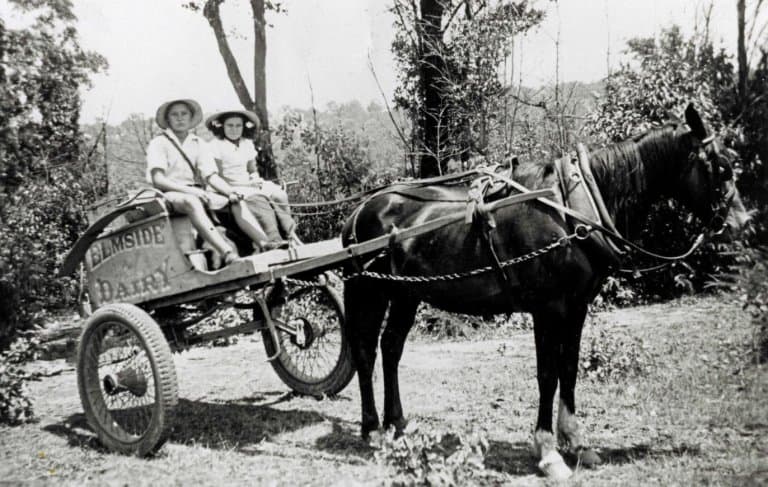Making History Fun in Your Homeschool

One of the most difficult subjects to get any child interested in is history. This is because it involves a lot of reading, and attention to small detail. It may be difficult to get your child interested in history, but that does not mean it is impossible. Get your child interested by making history fun in your homeschool.
Do you remember sitting at home, bored because you had to read a chapter in your history book for a test? The truth is unless it is a topic you are interested in, you do not want to sit and read for hours. So if your child is one that does not like long reading sessions, make it interactive.
Making History Fun
Since history is so important, we need to make it exciting for our children to learn. Unfortunately, young minds cannot appreciate the dry facts of history, like names and dates. They need action, adventure, and a little twist thrown in to update it to what our children are used to.
Take note of how your child likes to spend their free time. Do they like movies or do they prefer video games? Does your child like to sew, cook, or draw? When you are planning your child's history lessons, you can easily incorporate what they enjoy.
Approach History from a Different Angle
Instead of teaching your child from a boring textbook, make it interactive. Kids love to be hands-on with learning. So bringing a more hands-on approach to your homeschool education to create excitement. There are a lot of things you can do to create excitement. Break down long history lessons into smaller segments. For example, instead of tackling the civil war as a whole, attack one battle at a time.
If your child is older, allow them to help you plan their history lessons. Ask your child what they would like to see more of. Do they want to watch documentaries, read a biography, or play an interactive game? Make sure to mix up the options. By knowing your child's preferences, you can have them looking forward to working on history topics.
Add Movies and Documentaries to Your Lesson Plan
Adding movies and documentaries to your history lessons will allow your child to escape the reading, but they will still gain valuable information. If given a choice between reading a chapter on the Declaration of Independence and watching a documentary, lots of children will choose the documentary.
Give them pencil and paper to take notes, or print out a worksheet that asks questions covered in the documentary. This will ensure that they are paying attention to the material.
Creative Ways to Teach Your Children History
Of course, history would not be complete without hands-on learning material. Right? There are a lot of ways you can get your child hands-on with history including:
- Building history models of historical buildings
- Creating historical dioramas of battlefields
- Cooking period-themed meals for dinner
- Making models of hand-crafts associated with the time period
- Playing games from the time period
Check out 100 Hands-On Activities to find more learning activities for teaching history to your child.
History Lesson Plans
While you are planning out your lessons, look online for interactive learning games and craft ideas. Include games from History CSI, National Geographic Society, and History Games for Kids.
You can also search for history games by the topic you will be studying. Add these games to your lesson plan and use them as an excellent way to get your child excited about the topic you will be researching.
If you are ready to incorporate history documentaries in your lesson plan, Netflix offers a great variety of documentaries and history movies. Since most families already have Netflix, there is no added cost. Another alternative is Curiosity Stream, which is an Amazon product focused on history, technology, science, and nature topics. An online based video streaming option is Youtube. You may be surprised to find that YouTube has more than cat videos, but there are countless history documentaries and accurate reenactment videos available.
Think outside of the box when you are making history lesson plans. Make the topics you cover as interactive as possible. By taking a creative, hands-on approach to teaching history, you are teaching your child to love learning about the story of how we got here.







Leave a Reply